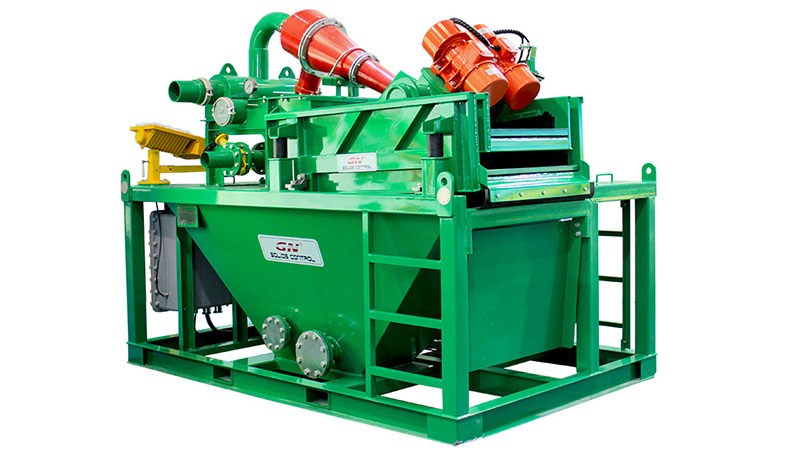
Piling Mud Desander Plant

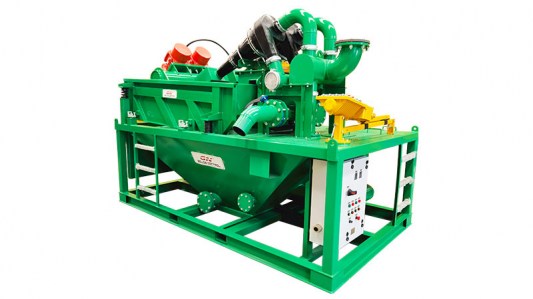
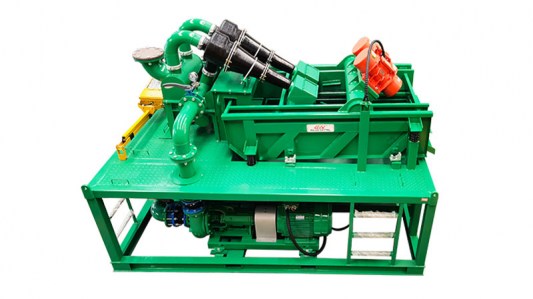
-
The GN Piling Mud Desander Plant is a scientifically designed and technologically advanced system for the effective treatment and recycling of piling mud. It is widely utilized in various applications, including Bored Pile Slurry desanding plants, TBM (Tunnel Boring Machine) slurry treatment, HDD (Horizontal Directional Drilling), and water well drilling, among others.
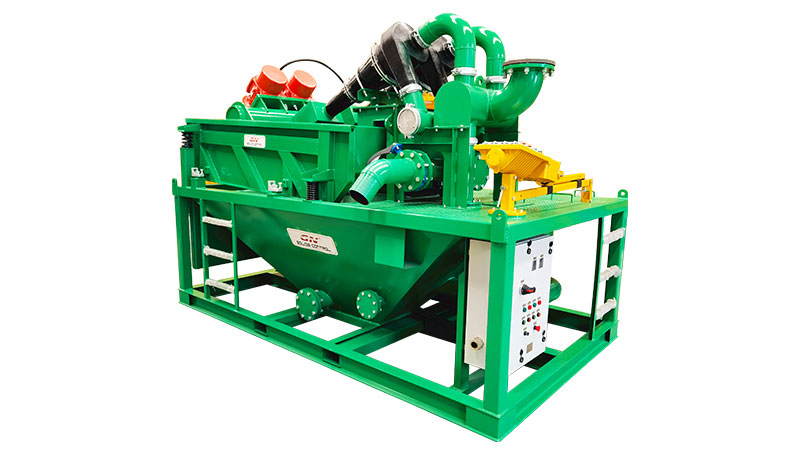
Mud Desander Plant Parameter
Note: The provided specifications and parameters are for reference purposes only.Model GNMS-200D GNMS-500D GNMS-100D Capacity 50m3/h(200GPM) 120m3/h(500GPM) 240m3/h(1000GPM) Cut Point 25 microns 40 microns 40 microns Mud Cleaner GNZY753E-Y4NF GNZY753E-Y1S GNZY705E-Y2S G Force ≤7.1G(adjustable) ≤7.1G(adjustable) ≤7.3G(adjustable) Bottom Screen Area 1.35㎡ 1.35㎡ 2.6㎡ Upper Screen Are 0,875㎡ 0,875㎡ 1.35㎡ Cyclone Size 4inch 10inch 10inch Cyclone Qty. 4pcs 1pc 2pcs Cyclone Feeding Pump GNSB4x3C(11kw) GNSB5x4C(30kw) GNSB6x5C(45kw) Total Power 13.11kw 32.11kw 48.99kw Inland Shipping Size (mm) L3134xW1920xH2521 L3135xW1920xH2431 L3720xW2170xH2528 Operation Size (mm) L3506xW2060XH3786 L3506xW2060XH3786 L4176xW2215XH3759 Total Weight 3012kg 3377kg 3733kg Working Principle of GN Piling Mud Desanding Plant:
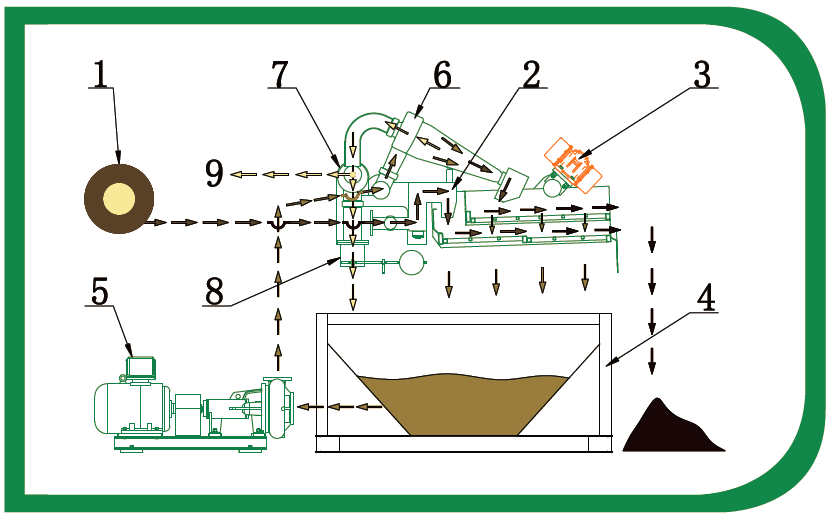
The piling mud is drawn from the mud pit by a slurry pump and directed to the bottom layer screen of the shale shaker (3) through a buffer box (2). Within this process, coarse particles are effectively separated, and the remaining mud is then directed to the mud storage tank (4) via the bottom layer screen. Subsequently, a centrifugal pump (5) draws mud from the recycling tank (4) and delivers it to the desander cone (6) under pressure, enabling efficient centrifugal separation of solids and sand. The discharged solids and sand are directed to the upper shaker (3) through the outlet nipple of the desander cone. After undergoing the dewatering process on the upper shaker (3), the fine solids are effectively separated. The clean mud is then returned to the recycling tank (4) through the upper shaker screen, while the remaining mud enters the intermediary tank (7) via the desander cone overflow pipe. Depending on the fluid level in the recycling tank, the mud in the intermediary tank (7) can be discharged through the outlet pipe (9) or redirected back to the recycling tank (4).
To maintain balanced fluid levels within the system, a fluid level float switch (8) is positioned between the intermediary tank (7) and the recycling tank (4). When the mud level in the recycling tank (4) is low, the overflow from the desander enters the recycling tank (4) through the intermediary tank (7). Conversely, if the mud level in the recycling tank (4) becomes excessively high, the mud will overflow to the intermediary tank (7) and be discharged via the outlet pipe (9). For operators aiming to achieve high-quality clean fluids, reducing the feeding capacity to the system and implementing repeated cleaning processes can yield optimal results.

GN Piling Mud Desander Plant: Comprehensive Solutions for Various Applications
As a reputable manufacturer of shale shakers, desanders, desilters, and decanter centrifuges, GN Solids Control offers complete and tailored solutions for Piling mud or slurry treatment projects. Each equipment serving a specific purpose in the solids separation process.
The shale shaker is responsible for efficiently separating coarse solids, while the desander excels in the separation of sands. For the removal of silts, the desilter is employed, and the mechanical centrifuge effectively separates fine solids. To tackle the challenge of ultra-fine solids, GN Solids Control utilizes chemically enhanced technology combined with a decanter centrifuge, resulting in the efficient separation of these minute particles and facilitating the discharge of clean water.
